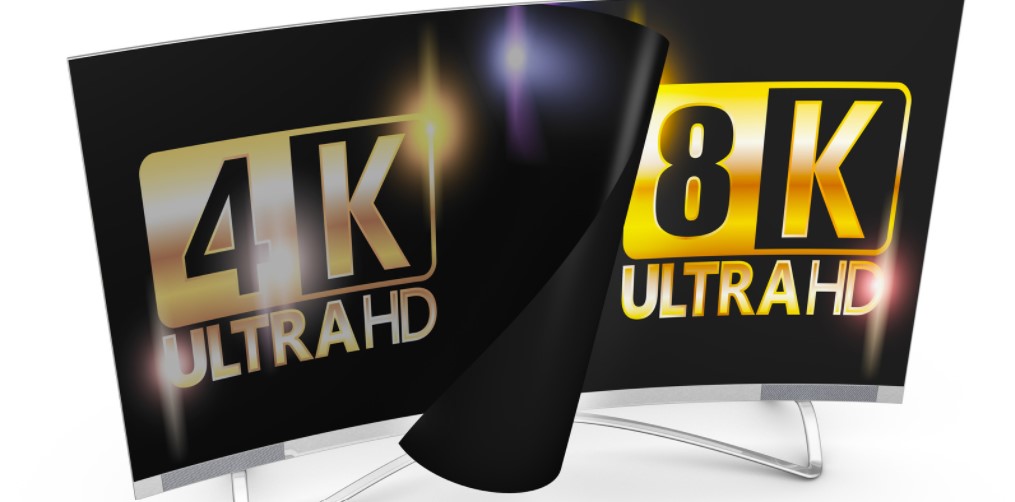With the improvement in digital media, consumers often ponder whether to invest their money to purchase android televisions that come with 4K or 8K high-definition technology.
This is also the case in the live streaming industry where professional video studio companies need to upgrade their stage camera from digital to 4K and 8K UHD (Ultra High Resolution) mode in their effort to keep up with the current demands in hosting live streaming events. However, the most broadcasting studio is still using the 4K UHD technology for their digital movies or streaming events which lead many people to wonder why they don’t change it to 8K instead.
In this article, I will share with you the main difference between 4K and 8K live streaming and which is the better technology to produce live video content in UHD mode.
Let’s start by comparing the technical difference between 4K and 8K
In terms of technical comparison, 4K resolutions are specified in 3820 x 2160 pixels in terms of resolution and 8K is double that of 4K at 7640 x 4320 pixels. 4K runs the frame rate of 60 fps (Frame Per Second) whereas 8K also double the frame rate to 120 fps. The color depth for 4K resolution is 10-bit and 8K is 12-bit. 4K supports up to 5.1 audio channels while 8K can support 22.2 audio channels. 4K has a 55-degree viewing angle but 8K can support a 100-degree horizontal viewing angle.
While 4K media technology is relatively new in the market with a ten history of fewer than ten years. It is becoming a norm for most consumers for on-demand videos and live streaming events. This is because most if not all smartphone, tablet, and laptop has the technical ability to view these live video contents in 4K resolution.
It is due to this current demand for high resolution for 4K video contents that many video studio companies need to use 4K stage cameras to broadcast their live streaming events to satisfy their audience. Although 8K technology is currently available for broadcasting. It is limited by the video contents available on social media and is more costly to produce and broadcast in the studio or outdoor environment.
This also creates quite a dilemma for consumers who has purchase 8K UHD televisions but not able to enjoy the benefits since there are limited 8K contents available in the market. This also applies to the professional video studio companies as their clients will need to pay more in the production fees for 8K live video content in live streaming events than a 4K.
Although many experts have predicted that 8K UHD technology will set a new trend in the world of media. Most believe that it will still take a few more years for the market to adapt and use 8K video content for broadcasting entertainment channels or live streaming events shortly.

